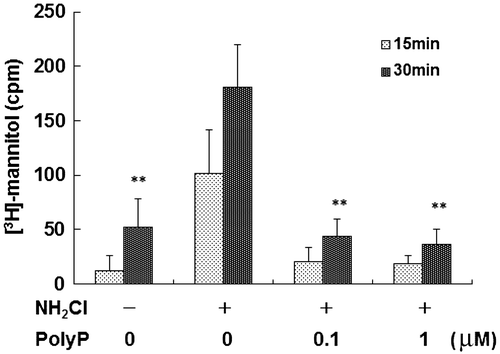Figures & data
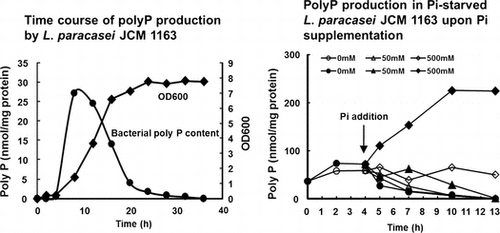
Table 1. PolyP production by lactic acid bacteria and bifidobacterium.
Fig. 1. Chain length determination of polyP from L. paracasei JCM 1163 using polyacrylamide gel electrophoresis.
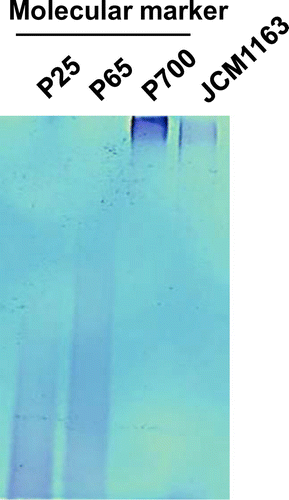
Fig. 2. Time course of polyP production by L. paracasei JCM 1163.
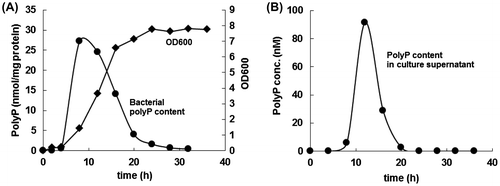
Fig. 3. PolyP production in Pi-starved L. paracasei JCM 1163 upon Pi supplementation.
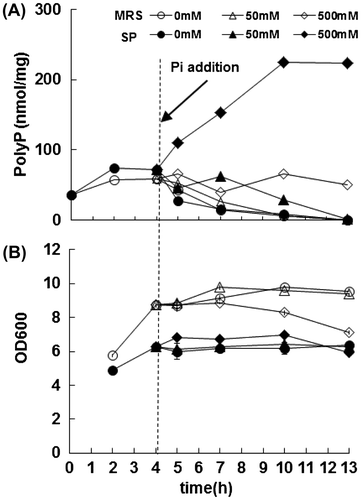
Fig. 4. PolyP production by NTG-treated L. paracasei JCM 1163.
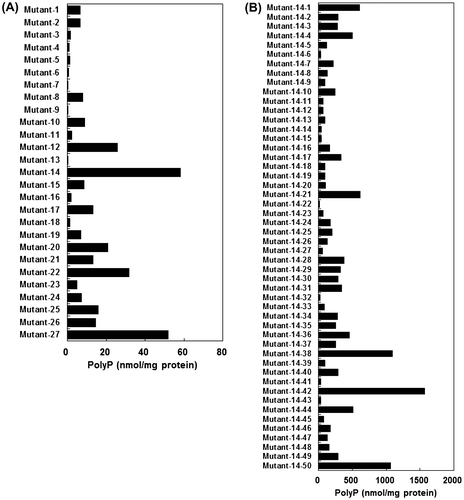
Fig. 5. Rescue of intestinal barrier function with polyP accumulated by lactic acid bacteria.
